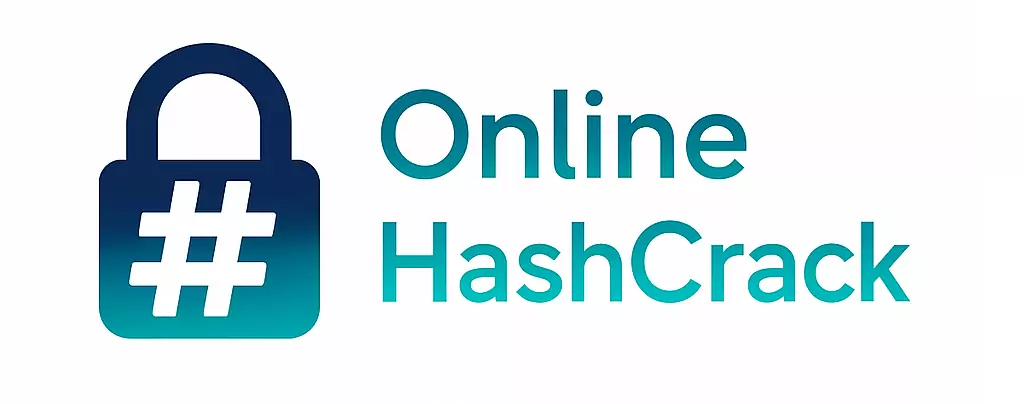Introduction
In the ever-evolving landscape of cybersecurity, cryptographic algorithms remain the cornerstone of data protection. Organizations and individuals face increasing threats, making it crucial to adopt robust cryptographic methods for securing sensitive data. Among the top contenders are AES, ChaCha20, and RSA, which offer varying strengths and are tailored to specific use cases. This article explores these algorithms in depth, discussing their advantages, potential vulnerabilities, and the industries where they are most effectively applied.
Advanced Encryption Standard (AES)
AES is one of the most widely adopted symmetric encryption algorithms globally. Developed by the U.S. National Institute of Standards and Technology (NIST) in 2001, AES has become the go-to standard for securing data in various industries, including finance, healthcare, and government sectors. AES works by using a symmetric key, meaning the same key is used for both encryption and decryption, which simplifies key management in secure environments.
AES operates on fixed-size blocks of data (128 bits) and supports key sizes of 128, 192, and 256 bits. Its flexibility allows for a balance between performance and security, with AES-256 offering the highest level of protection.
Strengths of AES
The primary advantage of AES is its efficiency in both hardware and software implementations. AES is designed to be fast, making it ideal for encrypting large volumes of data without introducing significant latency. Additionally, its widespread adoption ensures that it is extensively tested, reducing the likelihood of undiscovered vulnerabilities. AES-256, in particular, is considered resilient against brute-force attacks, offering security that will remain effective even in the post-quantum era.
Weaknesses of AES
Despite its strengths, AES is not without limitations. The biggest risk lies in the improper implementation of the encryption process, particularly in relation to key management and the use of weak random number generators. If keys are not managed securely or reused across sessions, attackers could exploit these weaknesses to compromise the encrypted data.
Use Cases of AES
AES is ideal for securing sensitive information in various industries, particularly where high throughput and low latency are required. It is commonly used in VPNs, disk encryption, and SSL/TLS to secure communications between systems. Many government organizations also use AES for classified data due to its reliability and robust security framework.
ChaCha20: A High-Speed Contender
ChaCha20 is another popular symmetric encryption algorithm, often compared to AES due to its speed and security. Developed by Daniel J. Bernstein, ChaCha20 operates as a stream cipher, which makes it particularly well-suited for environments where low-latency encryption is necessary, such as mobile and IoT devices. While AES uses block ciphers, ChaCha20 encrypts data in a continuous stream, making it highly efficient in terms of performance.
Strengths of ChaCha20
One of the key strengths of ChaCha20 is its resistance to side-channel attacks. Unlike AES, which can suffer from timing attacks in certain hardware implementations, ChaCha20 offers a more secure alternative without sacrificing speed. It is also designed to be easier to implement correctly, reducing the likelihood of security flaws arising from poor implementation practices.
Weaknesses of ChaCha20
While ChaCha20 is secure and fast, it has not been as thoroughly tested as AES. As a newer algorithm, ChaCha20 lacks the long-term trust and scrutiny that AES enjoys. Additionally, ChaCha20’s use in certain niche areas like mobile encryption means it may not be the best choice for all applications, particularly in traditional enterprise environments.
Use Cases of ChaCha20
ChaCha20 is often favored in performance-critical applications, such as securing mobile apps, VPNs, and SSL/TLS connections in environments where hardware acceleration is unavailable. Google, for example, has adopted ChaCha20 in its mobile services, as it is faster on mobile processors than AES.
RSA: The Asymmetric Powerhouse
Unlike AES and ChaCha20, RSA is an asymmetric encryption algorithm, meaning it uses a pair of keys—one for encryption (public key) and one for decryption (private key). RSA is widely used in situations where secure key exchange is critical, particularly in SSL/TLS protocols and digital signatures. It is based on the mathematical challenge of factoring large prime numbers, which makes it secure against most forms of attack.
Strengths of RSA
RSA biggest strength is its versatility and ability to secure communications without needing a shared secret key between participants. It is ideal for public key infrastructure (PKI) applications, where securely exchanging symmetric keys is necessary. Additionally, RSA signatures are widely accepted and used for verifying the authenticity and integrity of messages.
Weaknesses of RSA
While RSA is powerful, its security is heavily dependent on key length. As computational power increases, the recommended key size has grown, with 2048-bit keys now considered the minimum for secure communication. This increase in key size has also led to slower encryption and decryption speeds compared to symmetric algorithms like AES and ChaCha20. Moreover, RSA is vulnerable to quantum computing threats, as quantum algorithms like Shor’s algorithm could potentially break RSA encryption.
Use Cases of RSA
RSA is primarily used for secure key exchange in protocols like SSL/TLS and for digital signatures in software distribution and email encryption. Its ability to provide secure authentication and data integrity makes it a staple in industries where secure communication is paramount, such as finance, legal, and e-commerce.
Conclusion
As cybersecurity threats continue to evolve, cryptographic algorithms like AES, ChaCha20, and RSA will remain essential tools for securing sensitive data. AES provides a solid, tested option for symmetric encryption, while ChaCha20 offers a high-speed alternative for mobile and performance-sensitive applications. RSA continues to dominate in asymmetric encryption, ensuring secure communications and key exchanges. By understanding the strengths, weaknesses, and use cases of these algorithms, organizations can make informed decisions to protect their data in an increasingly hostile digital environment.

